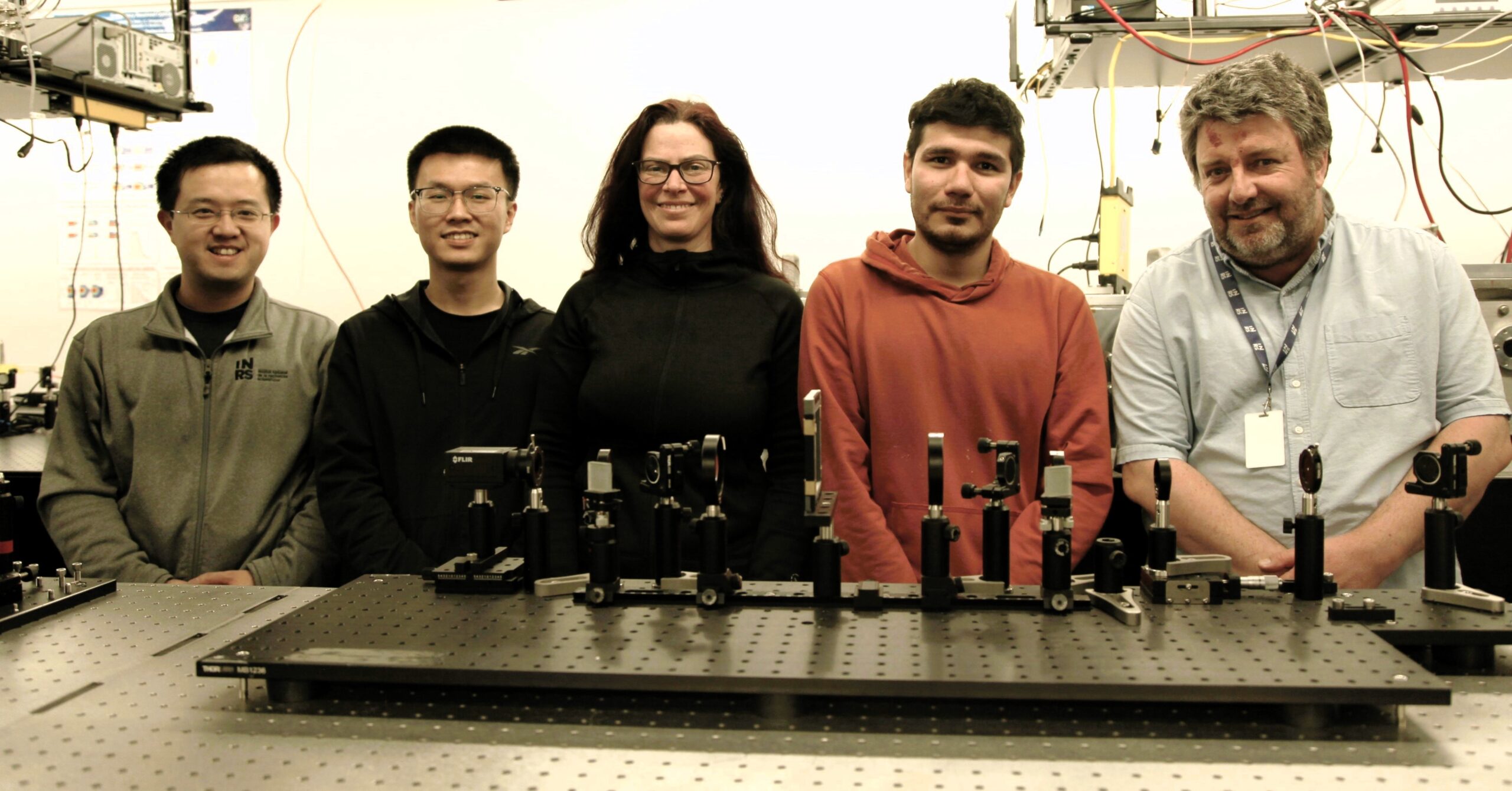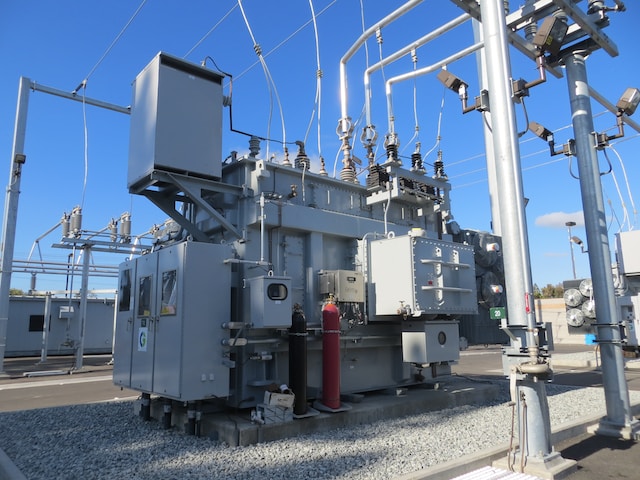Unveiling the Speed Revolution
Researchers at the Institute for Research and Education on Materials, Energy and Telecommunications (INRS) in Canada have unveiled a revolutionary high-speed camera. INRS’s camera, called SCARF (swept-coded aperture real-time femtophotography), is designed specifically for scientific applications.
Capturing the Unseen: Exploring Phenomena at Mind-Boggling Speeds
This marvel of technology captures images at a mind-boggling 156.3 trillion frames per second, dwarfing even the most advanced slow-motion cameras available today. While typical slow-motion cameras found in smartphones operate at a mere few hundred fps, and professional cinematic cameras may reach into the thousands to achieve smoother motion effects, this new camera transcends conventional limits. It offers an unprecedented capability to observe phenomena at the nanoscale by slowing down processes to billions or even trillions of frames per second.
The recently developed camera boasts the remarkable ability to capture events occurring within femtoseconds – which are equivalent to quadrillionths of a second. To provide context, there are approximately as many femtoseconds in one second as there are seconds in 32 million years. This realm is invisible to current technology, making SCARF a groundbreaking leap forward.
The camera has the potential to revolutionize our understanding of various phenomena, including how light interacts with materials, chemical reactions at the atomic level, and even extremely rapid biological processes.







